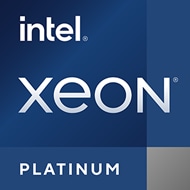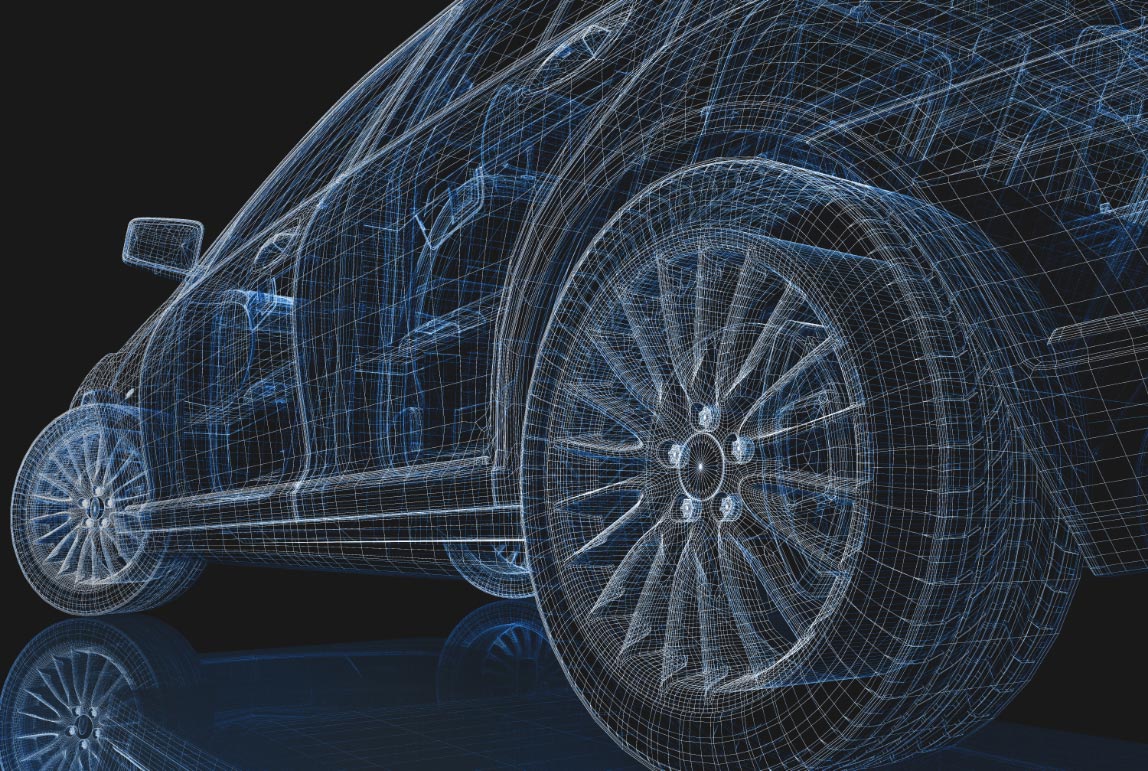
Thinking ahead of the curve to create a culture of flexibility.
How Toyota empowered design engineers to work remotely on a virtual desktop infrastructure for 3D CAD applications using a hyperconverged infrastructure from Lenovo and Nutanix, and powered by Intel® Xeon® Platinum processors.
Lenovo Infrastructure Solutions
for The Data-Centered

Thinking ahead of the curve to create a culture of flexibility.
How Toyota empowered design engineers to work remotely on a virtual desktop infrastructure for 3D CAD applications using a hyperconverged infrastructure from Lenovo and Nutanix, and powered by Intel® Xeon® Platinum processors.
Lenovo Infrastructure Solutions
for The Data-Centered

Background
As one of the world’s largest automobile manufacturers, it’s safe to say that Toyota Motor Corporation is making an impact. But, they’re not just impacting business with excellent design development, production, and sales strategies. They’re also impacting the 360,000+ people that call Toyota Group their employer.
Known for a progressive and innovative approach to human resources, Toyota is committed to a more flexible way of working. In the spirit of their commitment, Toyota has rolled out vast telecommuting solutions over the last five years¬—giving 13,000 employees the ability to balance work with their busy personal lives.
As expected whenever implementing something new, Toyota faced significant technical challenges as they rolled out these new capabilities. Toyota triumphed those challenges, and they paved the way for the future as they enabled employees to work remotely.
Challenge
While remote work should make things more convenient, it’s easier said than done. Take Toyota’s Engineering Design Group, for instance. They rely on powerful 3D CAD software, which only runs effectively on a PC with a high-performance CPU, large-capacity memory, and a GPU that can draw 3D graphics at high speed. To get the job done, the team relied on powerful workstations installed at Toyota’s offices, not ordinary desktop and laptop PCs.
Suffice to say, remote work wasn’t so simple for Toyota’s design engineers. And, on top of these complexities, the workstations were not easy to maintain. The cost of procuring and installing new stations was high, and updating the operating system or software was a time-consuming task.
To give their design engineers the flexibility to work from anywhere, Toyota needed a powerful infrastructure that could run any program, anywhere.
When I went to a manufacturing site, I didn’t have access to my workstation, so I had to explain using paper diagrams instead. I always thought that if I could explain using 3D CAD, I would be able to communicate more smoothly.
Delivering flexibility through partnership
Toyota realized that a virtual desktop infrastructure (VDI) could be the key to freeing the Engineering Design Group from their office-based workstation. As the IT team got to work, they began digging for the best way to architect a VDI solution that allowed design engineers to 1) Use a standard PC running on a central server, and 2) Access the 3D CAD application. Then, they struck gold with hyperconverged infrastructure (HCI).
To implement a strong HCI for their VDI solution, Toyota partnered with Lenovo and Nutanix. Together, we built a hyperconverged infrastructure that allowed complex work to take place in a completely virtual setting.
Ramping up at lightning speed
As a basis for the VDI solution, the Lenovo ThinkAgile HX Series solution was the perfect place to start. This solution combined Lenovo’s powerful server hardware and Intel® Xeon® Scalable processors with HCI software from Nutanix to begin build a strong base for the VDI. At the time, the support of Nutanix was critical, considering they were one of the only vendors that could support a vital component of the VDI.
Implementation began with a proof-of-concept test based on three Lenovo ThinkAgile HX3320 appliances, each with GPUs installed. With positive results from the proof-of-concept, Toyota’s Engineering Design Group had the green light to work remotely with the new VDI solution.
Soon after a successful implementation, the coronavirus pandemic hit Japan. As the pandemic disrupted normal life, Toyota needed to accelerate the rollout of remote working capabilities across all of their divisions. And they needed to do it quickly.
Toyota turned to Lenovo, and our two teams were able to expand the scale of the VDI solution to launch an additional 1,000 virtual desktops. In just two months, thousands of Toyota employees had smoothly transitioned to a remote working environment.
HCI is simpler than a conventional three-tier architecture, so it improves operational efficiency. It’s also easier to expand and scale flexibly when business needs change, which was a key factor in our evaluation.
The merit of HCI is that we can build an environment in a very short period of time, and the pandemic truly demonstrated that. Lenovo also made significant efforts to procure and deliver the hardware quickly, which was really helpful.



Results
With the Lenovo VDI solution in place, Toyota’s design engineers have the freedom to work productively and effectively wherever they are. As Mr. Ichida explains, “I can now have in-depth discussions while looking at the 3D CAD model together with colleagues at the manufacturing site, which means we can both work more efficiently.”
Ms. Naomi Tsuji, who works in the Advanced Body Technology Development Division, appreciates the flexibility of being able to balance work with childcare, “due to the coronavirus pandemic, my children’s elementary school was closed from March 2020, and I had to work from home. Thanks to the VDI environment, it’s now almost as convenient for me to do design work at home as it is to work in the office.”
Today, Toyota continues to empower employees to work remotely with the help of Lenovo’s VDI solution.
Thousands of employees empowered to work from home, improving work/life balance
Multiple divisions can collaborate thanks to easy access to 3D CAD applications
One rapid response to the pandemic by scaling up VDI capabilities in weeks
I can now have in-depth discussions while looking at the 3D CAD model together with colleagues at the manufacturing site, which means we can both work more efficiently.

Where will you go with smarter infrastructure solutions?
The Data-Centered don’t let physical limitations stop them. Take your business to new realms when you go from data center, to Data-Centered with Lenovo cloud solutions.




